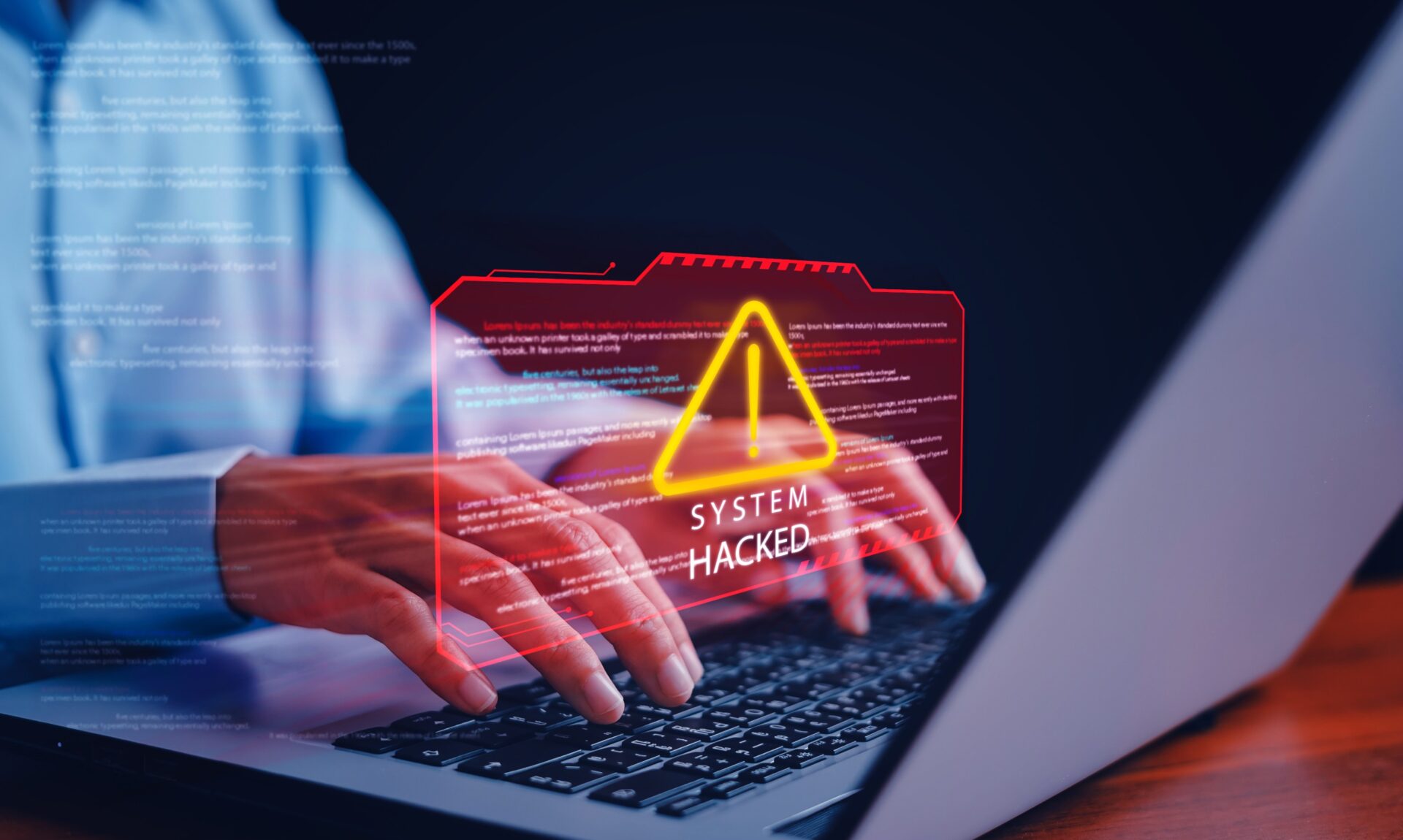When most people think about cybersecurity threats, they imagine hackers or malware coming from outside the company. But some of the most damaging threats can come from within. Insider threats happen when current or former employees, contractors, or business partners use their access to harm your company.
The good news is that with the right strategies, you can significantly reduce the risk.
The Types of Insider Threats
Some insiders may act out of malice, like a disgruntled employee stealing data or sabotaging systems. Others might simply make a mistake, like clicking on a phishing link or mishandling sensitive information. Even trusted employees can unintentionally create vulnerabilities if they’re not properly trained or monitored. Recognizing that not all insider threats are deliberate can help you create a more balanced and effective response.
Limit Access to Sensitive Data
One of the simplest and most effective ways to reduce insider risk is to limit who has access to what. Not every employee needs access to every file or system. By setting permissions based on roles, you can make sure that employees only see what’s relevant to their job. This approach, often called the principle of least privilege, reduces the chance that someone will misuse or accidentally expose sensitive information. It also makes it easier to track and investigate any suspicious activity.
Monitor and Audit Employee Activity
Keeping an eye on what’s happening within your network is extremely helpful when it comes to spotting potential insider threats early. Implement monitoring tools that track user activity, especially around sensitive data or systems. This doesn’t mean spying on your team, but rather using software to identify red flags like large downloads, access outside normal hours, or unusual login locations. Regular audits can also help you stay on top of who has access to what and whether those permissions are still appropriate.
Use Multi-Factor Authentication
Passwords alone aren’t enough to keep your systems safe. Multi-factor authentication, or MFA, adds an extra layer of protection by requiring a second form of identification, like a text code or authentication app. Even if someone’s login credentials are stolen, MFA can stop unauthorized access before it happens. It’s one of the easiest and most cost-effective steps you can take to improve your security posture.
Have a Clear Offboarding Process
When someone leaves your company, especially if it’s not on good terms, you need to make sure their access is immediately revoked. A clear offboarding process is a great way to confirm that former employees can’t log into your systems, download files, or cause harm after they’re gone. This includes disabling user accounts, collecting company devices, and updating passwords when necessary. Offboarding might seem like a formality, but it plays a big part in preventing future problems.
Partner with a Trusted IT Provider
Handling insider threats takes time, attention, and technical know-how. That’s where working with a reliable IT partner can make a real difference. From setting up monitoring tools to creating training programs and managing access, a professional IT team can give you peace of mind. They’ll help you build a security strategy that fits your business, supports your team, and keeps your data safe.
At CMIT Solutions of North Oakland & Walnut Creek, we specialize in helping small and mid-sized businesses stay secure from the inside out. If you’re ready to take control of your cybersecurity and protect what matters most, contact us today to get started with a customized plan built around your needs.




